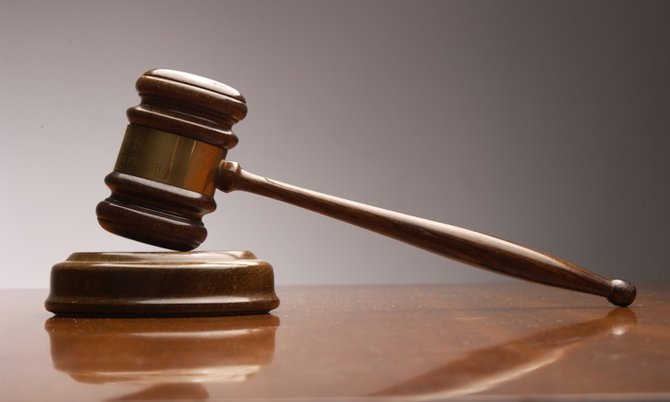By RASHAD ROLLE
Tribune Staff Reporter
rrolle@tribunemedia.net
THE Court of Appeal has quashed the murder conviction of Javaro Davis who allegedly killed Rimardo Rolle, 27, at a nightclub in 2014.
In a split decision, the court ordered the case be retried. Sir Michael Barnett dissented.
Witnesses testified during the Supreme Court trial that on March 8, 2014, Rolle and two of his friends, Carvel Bain and Ryan Porter, tried to cross a dance floor at Club Legends nightclub in Grand Bahama when Davis bumped into Porter; Rolle then intervened and bumped Davis. It was alleged that Davis “pulled a firearm from his waist and said ‘you want to feel this?’” He then allegedly shot Rolle in the upper part of his chest. Among those who identified Davis as the shooter was Jack Gaspard, a security guard who said he saw Davis running away with a gun in his hand. Davis initially denied being at the club but under cross-examination he admitted being there. He denied bumping into Mr Porter or shooting Rolle.
Court of Appeal President Hartman Longley tried the case when he was a Supreme Court judge. The accused was found guilty by a unanimous verdict.
Davis’ lawyers filed several grounds for appeal. However, Court of Appeal justices focused on two: their concerns that Justice Longley allowed “inadmissible identification evidence” into the case and wrongly allowed Mr Gaspard to identify Davis from the dock and that the judge was wrong to withdraw the defence of provocation from the jury’s consideration.
The judges found the identification concerns to be without merit. Two of the justices disagreed with the Justice Longley’s decision not to leave provocation as an issue for the jury to decide.
Justice Roy Jones said: “Under the Penal Code where the issue of provocation arises, the jury is required to consider whether there might have been a sudden and temporary loss of control on the part of an appellant sufficient to cause him to act as he had done. If the jury are not satisfied that provocation did not exist, their duty is to bring in a verdict of manslaughter. The burden of providing lack of provocation is on the prosecution. Where there is evidence that an accused lost his self-control as a result of provocation, however small that evidence may be, the trial judge ought to leave the issue of provocation to the jury.”
Justice Jones cited cases where even though lawyers for the accused did not what jurors to consider provocation, fearing it would muddy the waters in cases where an alibi was given, appellate courts subsequently quashed the conviction that arose, citing the failure of trial judges to direct jurors to consider whether the accused was provoked.
For his part, Sir Michael countered that “a trial judge is not required to leave the defence of provocation where there is no air of reality to the defence.” He cited rulings from the Supreme Court of Canada and the Privy Council.
He wrote: “The responsibility of the the judge is to look at all the evidence, not simply that of the defendant, and to ask himself whether, taking it at its most favourable to the defendant, the jury might conclude that he had lost control of himself. The evidence before the jury was not suggestive of the reasonable possibility that the defendant might have lost his self-control due to provoking conduct of the deceased. To suggest that a ‘bump’ by the appellant in a bar which precipitated a return bump by a deceased caused the appellant to lose his self-control as to take out a gun and shoot the deceased in my judgment lacks an ‘air of reality’ as there is absolutely no evidence from which a reasonable jury could infer that the appellant or any reasonable man could have or did lose his self-control. In the circumstances the trial judge did not err in failing to leave provocation to the jury. No properly directed jury acting reasonably could in my judgment find on that evidence the defence of provocation had been made out.”





Commenting has been disabled for this item.